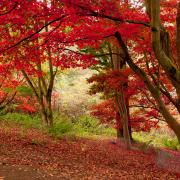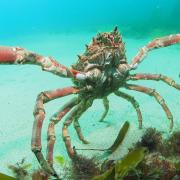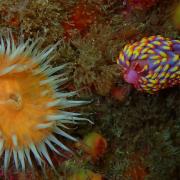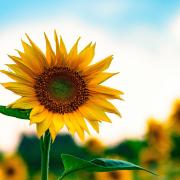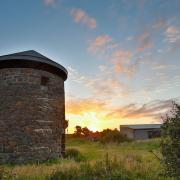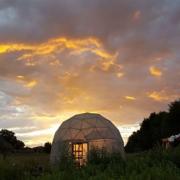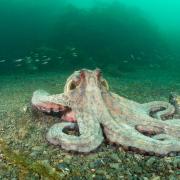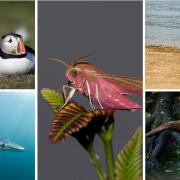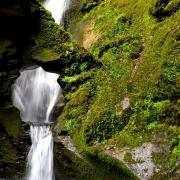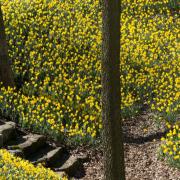What you put on your plate an have a huge impact on Cornwall’s natural beauty. Matt Slater, Marine Conservation Officer for Cornwall Wildlife Trust offers some tips on supporting Cornwall’s oldest industry

We all know that our beautiful and inspiring county is steeped in maritime history. Even before farming and mining, the Cornish were making their living from fishing. From countless small fishing coves and harbours local families have honed their art, and for generations they have risked life and limb, battling the elements to bring home their catch. It is hard not to admire fishermen for their ingenuity and resilience.

Fishing is vital to Cornwall both economically and culturally. Cornwall’s seas are blessed with a huge diversity of marine wildlife to a level unmatched elsewhere in England, but the challenge is to get the balance right so that wildlife thrives and future generations of fishermen are able to continue to make a good living from this natural resource which, with careful management has the potential to be even more productive.
Cornwall Wildlife Trust has a long history of working with fishermen. In just the same way as we work with farmers on land, we appreciate that we need to work with fishermen and other marine users to ensure good stewardship of the seas. It is inevitable that we will sometimes agree to disagree on some issues but we are essentially all striving for the same thing; healthy seas that support healthy fisheries.
Nowadays many of us have lost our connection with our local fisheries; convenience, price and packaging are the main influences on our buying choices. Much of the catch of our local fleet ends up being exported, yet many of our local fishermen are making great strides to catch high quality seafood, harvested with the minimum impact on the natural environment. Issues such as fish discards are being addressed and increasingly fishermen are adopting lower impact fishing methods. For example there have been many improvements in the design of trawl nets to make them more efficient and to reduce unwanted catch. Technological advances such as tracking devices and CCTV can help fishermen to prove that they are operating as carefully as possible. It is important that we shout about this to encourage people to back our local fishermen and buy Cornish.
Buying direct from the fishermen is a good way of ensuring you are getting good, local, fresh seafood and around the county there are more and more examples of fishermen working together and setting up cooperatives to market their fish directly.
Cornwall Good Fish Guide is an exciting new project being led by Cornwall Wildlife Trust that aims to provide consumers and restaurateurs with up to date information that will give us all confidence when buying Cornish seafood.
It is going to be a big task: there are 66 species of fish and shellfish landed by our local fishermen and these are collected using 15 different fishing methods. When information on fish stocks, fish biology and the impacts of fishing on the environment are all considered you can imagine that this is a very complex situation which is not easy for people to understand. Our project will make this much more straightforward and will highlight all the good choices we can make when deciding which seafood to buy.
We would appreciate your feedback on this project and urge you to get in touch if you would like more information on what’s happening and how you can get involved. For more information on Cornwall Good Fish Guide please visit: cornwallwildlifetrust.org.uk/livingseas/cornwall_good_fish_guide or email matt.slater@cornwallwildlifetrust.org.uk








